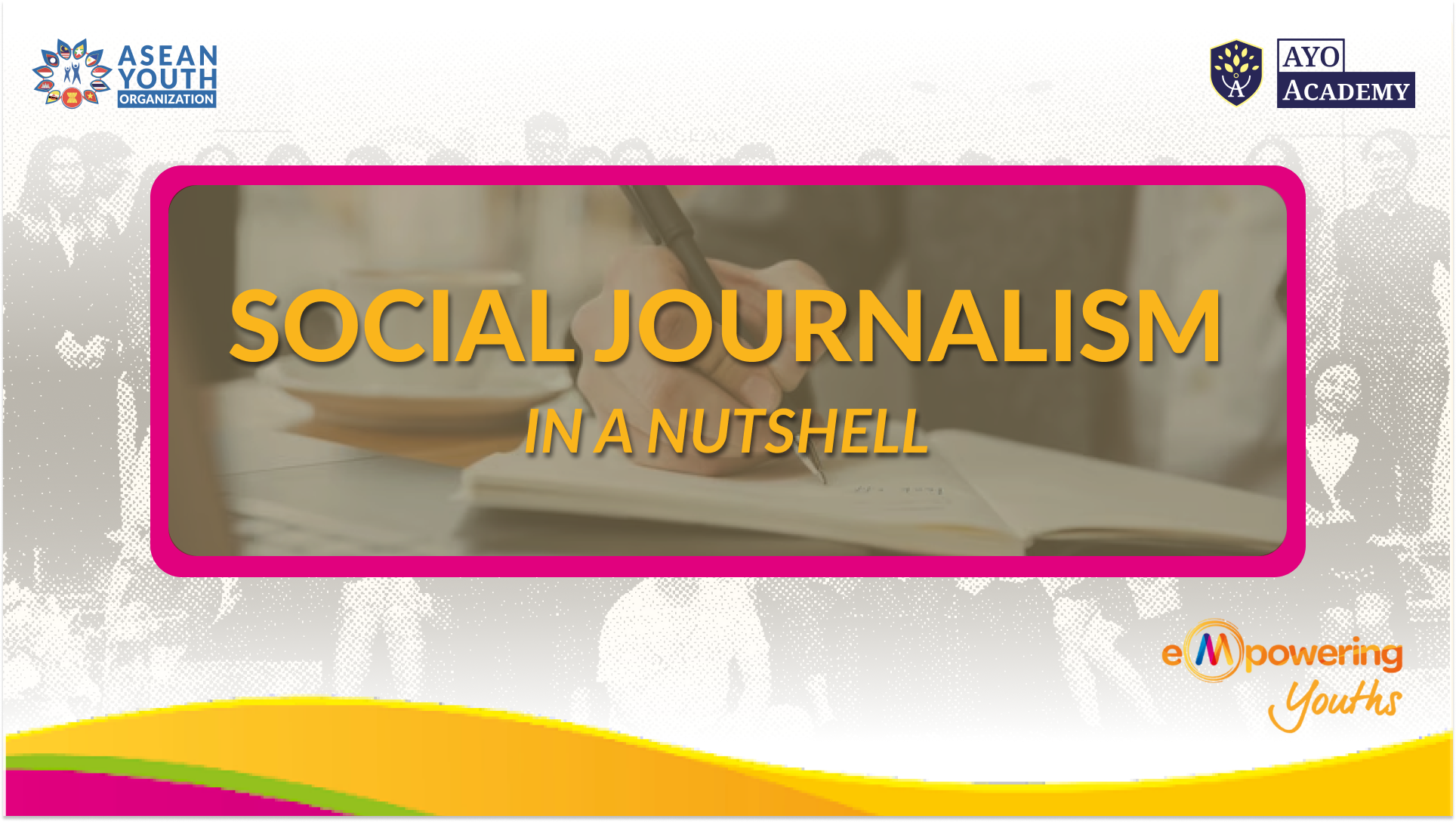Social Journalism in a Nutshell

Course Content
Chapter 1: Introduction to Social Journalism
-
How do you understand journalism?
Chapter 2: Community Identification and Engagement
Chapter 3: Creating Impactful Content and Community Building
Chapter 4: Ethics Checklist and Impact Assessment
Assessment Methods
Student Ratings & Reviews
It was a breathtaking experienced and this served as a channel to me
the course is very comprehensive and easy to digest
Thank you for a great course. I obtained a lot of new knowledge from it, as well as a well prepared material that was easy for us understand.
good experience
